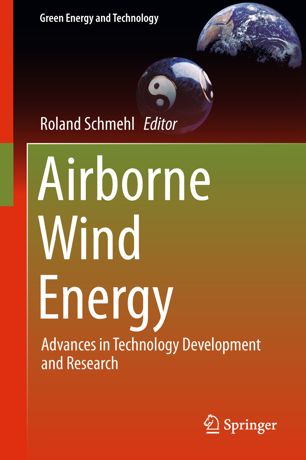

Most ebook files are in PDF format, so you can easily read them using various software such as Foxit Reader or directly on the Google Chrome browser.
Some ebook files are released by publishers in other formats such as .awz, .mobi, .epub, .fb2, etc. You may need to install specific software to read these formats on mobile/PC, such as Calibre.
Please read the tutorial at this link: https://ebookbell.com/faq
We offer FREE conversion to the popular formats you request; however, this may take some time. Therefore, right after payment, please email us, and we will try to provide the service as quickly as possible.
For some exceptional file formats or broken links (if any), please refrain from opening any disputes. Instead, email us first, and we will try to assist within a maximum of 6 hours.
EbookBell Team

4.1
70 reviewsThis book provides in-depth coverage of the latest research and development activities concerning innovative wind energy technologies intended to replace fossil fuels on an economical basis. A characteristic feature of the various conversion concepts discussed is the use of tethered flying devices to substantially reduce the material consumption per installed unit and to access wind energy at higher altitudes, where the wind is more consistent.
The introductory chapter describes the emergence and economic dimension of airborne wind energy. Focusing on “Fundamentals, Modeling & Simulation”, Part I includes six contributions that describe quasi-steady as well as dynamic models and simulations of airborne wind energy systems or individual components. Shifting the spotlight to “Control, Optimization & Flight State Measurement”, Part II combines one chapter on measurement techniques with five chapters on control of kite and ground stations, and two chapters on optimization. Part III on “Concept Design & Analysis” includes three chapters that present and analyze novel harvesting concepts as well as two chapters on system component design. Part IV, which centers on “Implemented Concepts”, presents five chapters on established system concepts and one chapter about a subsystem for automatic launching and landing of kites. In closing, Part V focuses with four chapters on “Technology Deployment” related to market and financing strategies, as well as on regulation and the environment.
The book builds on the success of the first volume “Airborne Wind Energy” (Springer, 2013), and offers a self-contained reference guide for researchers, scientists, professionals and students. The respective chapters were contributed by a broad variety of authors: academics, practicing engineers and inventors, all of whom are experts in their respective fields.